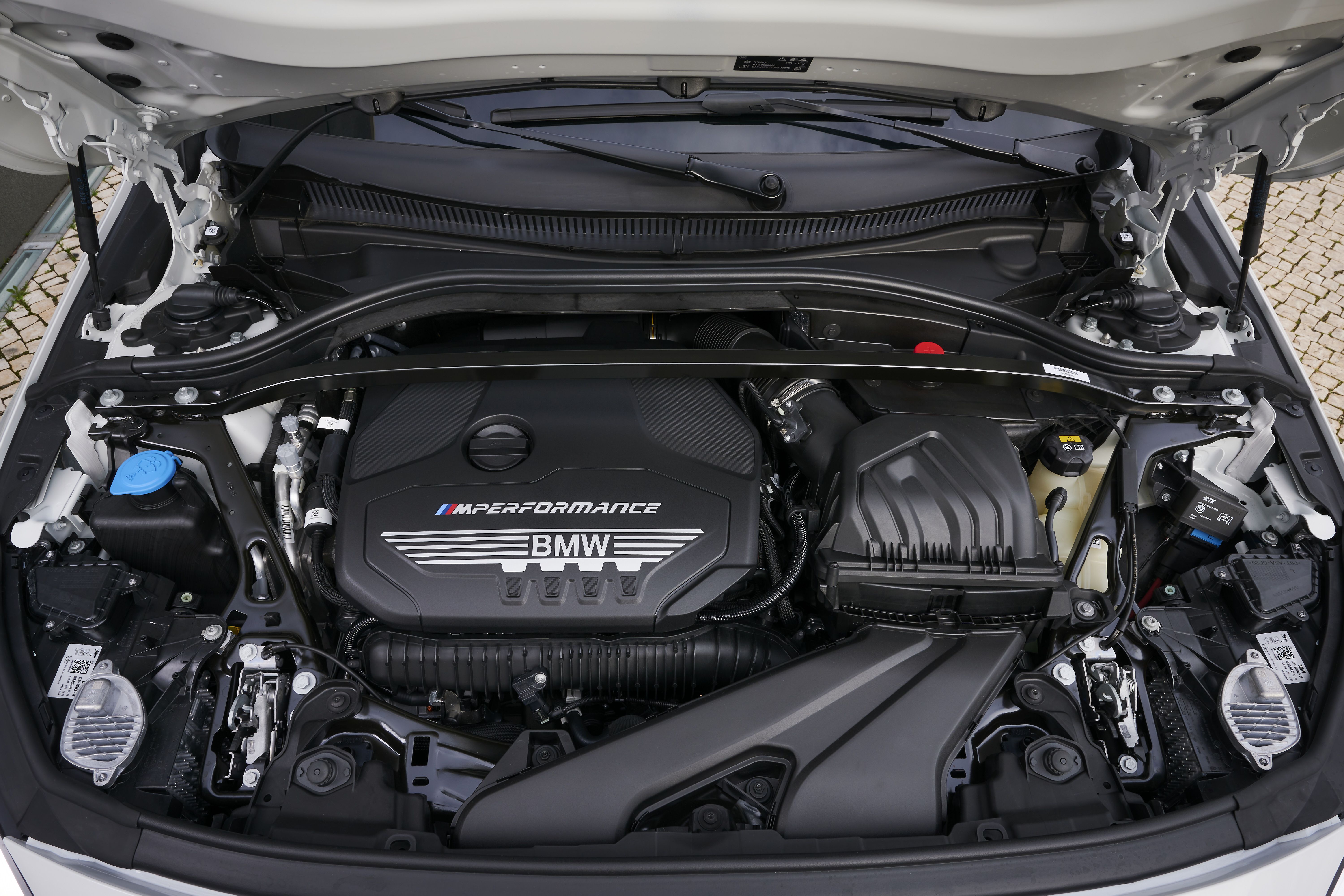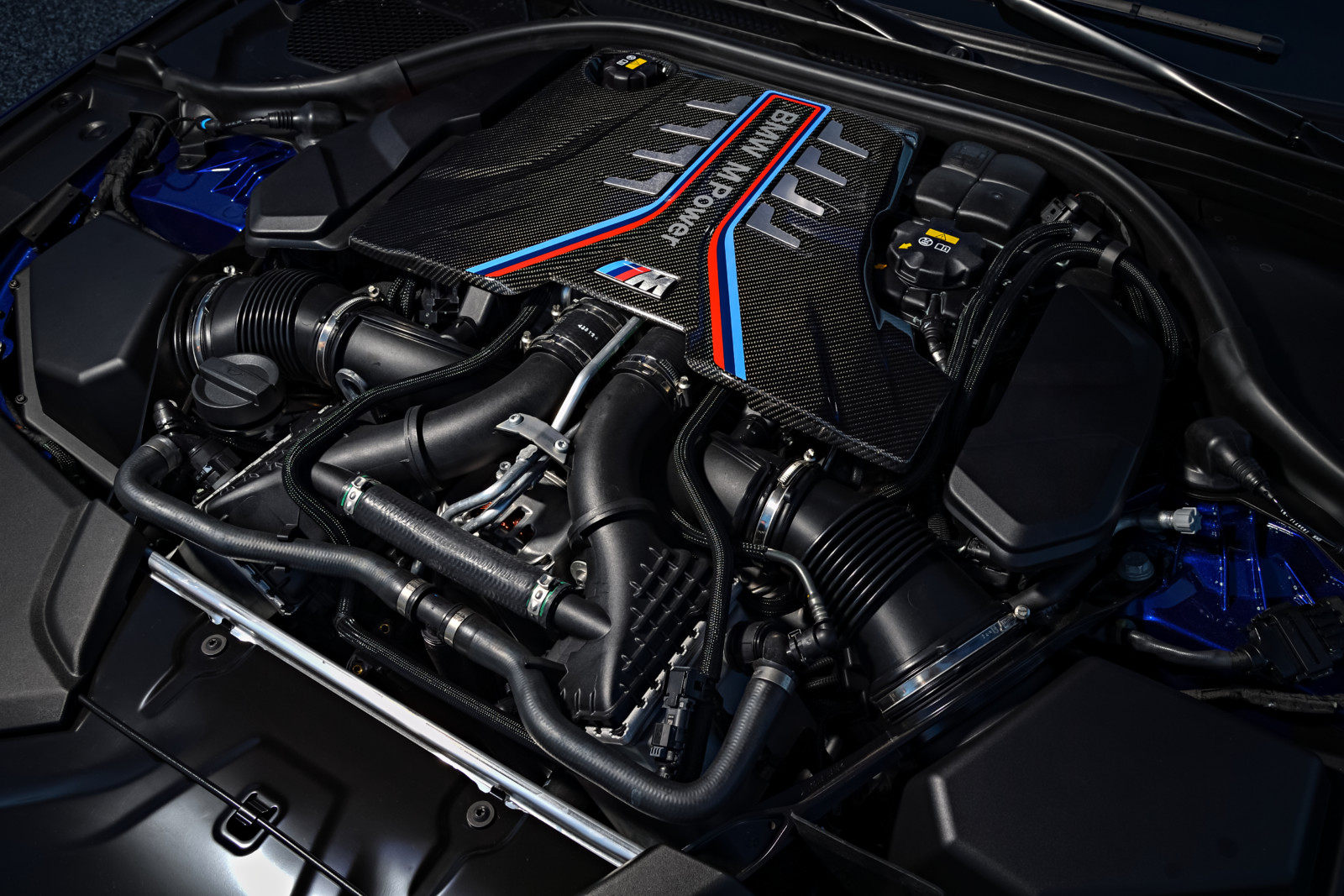A Comprehensive Overview to Recognizing BMW Engine Specs
A Comprehensive Overview to Recognizing BMW Engine Specs
Blog Article
Discovering the Advancement of Combustion Engines in Modern Transportation Equipments
As we browse the landscape of contemporary transportation, the advancement of combustion engines stands as a testimony to human ingenuity and engineering expertise. The interplay of background, technology, and ecological problems in shaping the trajectory of combustion engines develops a narrative that is both insightful and engaging.
Very Early Beginnings of Combustion Engines
Just how did the principle of combustion engines very first emerge in the early phases of transportation advancement? The roots of combustion engines can be traced back to the 17th century when the concepts of interior combustion were first checked out.
The innovation moment included the invention of the initial successful gasoline-powered engine by Karl Benz in 1885 - bmw engine. This engine led the way for the growth of the modern car, revolutionizing transportation systems worldwide. Succeeding technologies by Nikolaus Otto and Gottlieb Daimler further refined burning engine technology, leading to the mass manufacturing of autos and the rapid expansion of the transportation industry
These early combustion engines were characterized by their simplicity and effectiveness, laying the foundation for the facility and powerful engines used in contemporary transport systems. The development of burning engines has actually contributed fit the method we travel and transport products, marking a considerable landmark in the history of transport development.
Shift to Internal Burning Modern Technology
The transition to interior combustion modern technology noted a pivotal change in the advancement of transportation systems. This shift started in the late 19th century, with inventors like Nikolaus Otto and Gottlieb Daimler creating the very first effective inner burning engines. These engines changed transport by supplying a more powerful and effective alternative to steam engines and electrical motors.
Among the essential advantages of interior burning engines was their capability to be reduced to fit into automobiles, leading to the advancement of vehicles and motorcycles. This shift from bulky, stationary engines to portable, mobile ones led the way for the modern transportation systems we see today.
The shift to interior burning modern technology additionally spurred developments in fuel technology, leading to the advancement of gasoline and diesel as main gas resources for vehicles. This shift not only made transport much more obtainable to the masses yet additionally laid the structure for the oil and gas sector to end up being indispensable to global economies.
Effect of Combustion Engines on Transportation
The adoption of combustion engines in transport systems militarized a profound shift in the effectiveness and speed of worldwide flexibility. Burning engines reinvented transportation by supplying a trusted and versatile source of power for numerous cars, including autos, planes, ships, and trucks. This innovation dramatically boosted the ability for individuals and products to conform cross countries in much shorter timespan, resulting in enhanced connection in between areas and countries.
Furthermore, the widespread usage of burning engines has had a substantial effect on financial development. The capability to deliver items effectively has stimulated trade and business, permitting companies to expand their markets and reach consumers worldwide. This has promoted financial growth and globalization, as products can currently be transported faster and in bigger quantities than in the past.
Nonetheless, the environmental effect of burning engines can not be forgotten. The burning of nonrenewable fuel sources has actually caused air pollution and greenhouse gas emissions, contributing to climate adjustment and posturing health and wellness threats to populations. bmw engine. Because of this, there is a growing focus on developing alternate propulsion innovations to mitigate these unfavorable effects and create a much more sustainable future for transport
Advancements in Burning Engine Layout
Numerous advancements in burning engine design have driven the development of transportation systems over the decades. One remarkable technology is the advancement of turbocharged engines, which use exhaust gases to drive a turbine that compresses inbound air, permitting for even more fuel to be scorched, resulting in increased power result without a substantial rise in engine size. Additionally, direct injection modern technology has improved gas efficiency and performance by precisely controlling the amount and timing of gas injected right into the burning chamber. Variable shutoff timing systems have actually also changed engine layout by maximizing airflow at different engine rates, boosting both power and effectiveness. An additional significant innovation is the assimilation of light-weight products such as carbon fiber and light weight aluminum alloys, minimizing general engine weight and boosting automobile gas economic situation. Improvements in computer-aided layout have enabled designers to optimize engine efficiency and efficiency via simulations prior to physical models are developed, saving time and sources in the advancement procedure. These technologies jointly add to the constant enhancement of burning engines in modern transportation systems.
Future Fads in Burning Engine Development
With modern technology improvements driving constant innovation, the future of combustion engine development is poised to useful link change transportation systems around the world. One of the key trends in burning engine development is the push in the direction of greater effectiveness and reduced emissions. Manufacturers are investing heavily in r & d to boost engine efficiency while satisfying strict ecological laws. This consists of his response the assimilation of sophisticated fuel shot systems, boosted turbocharging techniques, and the usage of lightweight materials to maximize fuel consumption and decrease carbon discharges.
One more prominent trend is the adoption of hybrid technologies in combustion engines. Crossbreed engines combine conventional burning modern technology with electrical power, using improved gas performance and lower emissions. As the automotive sector shifts towards electrification, crossbreed combustion engines are seen as a transitional remedy that bridges the space between standard lorries and completely electrical ones.
Additionally, the combination of wise technologies, such as expert system and information analytics, is anticipated to play a considerable function in the future of combustion engine growth. These modern technologies can enhance engine efficiency in real-time, bring about much more efficient burning processes and enhanced general automobile performance. Embracing these future trends will not just drive technology in combustion engine development however also add to a much more ecologically pleasant and sustainable transportation environment.

Conclusion
In final thought, the development of combustion engines in modern transportation systems has actually been noted by substantial advancements in technology and layout. From the very early beginnings of combustion engines to the transition to inner combustion innovation, these engines have had a profound influence on transportation.
The origins of burning engines can be traced back to the 17th century when the principles of internal burning were first explored. These engines reinvented transport by using a more get redirected here reliable and powerful choice to steam engines and electrical motors.

Report this page